Save these dates! Astronomical events for astrophotographers in 2022
From eclipses to supermoons, there are lots of out-of-this-world opportunities for astrophotographers in 2022
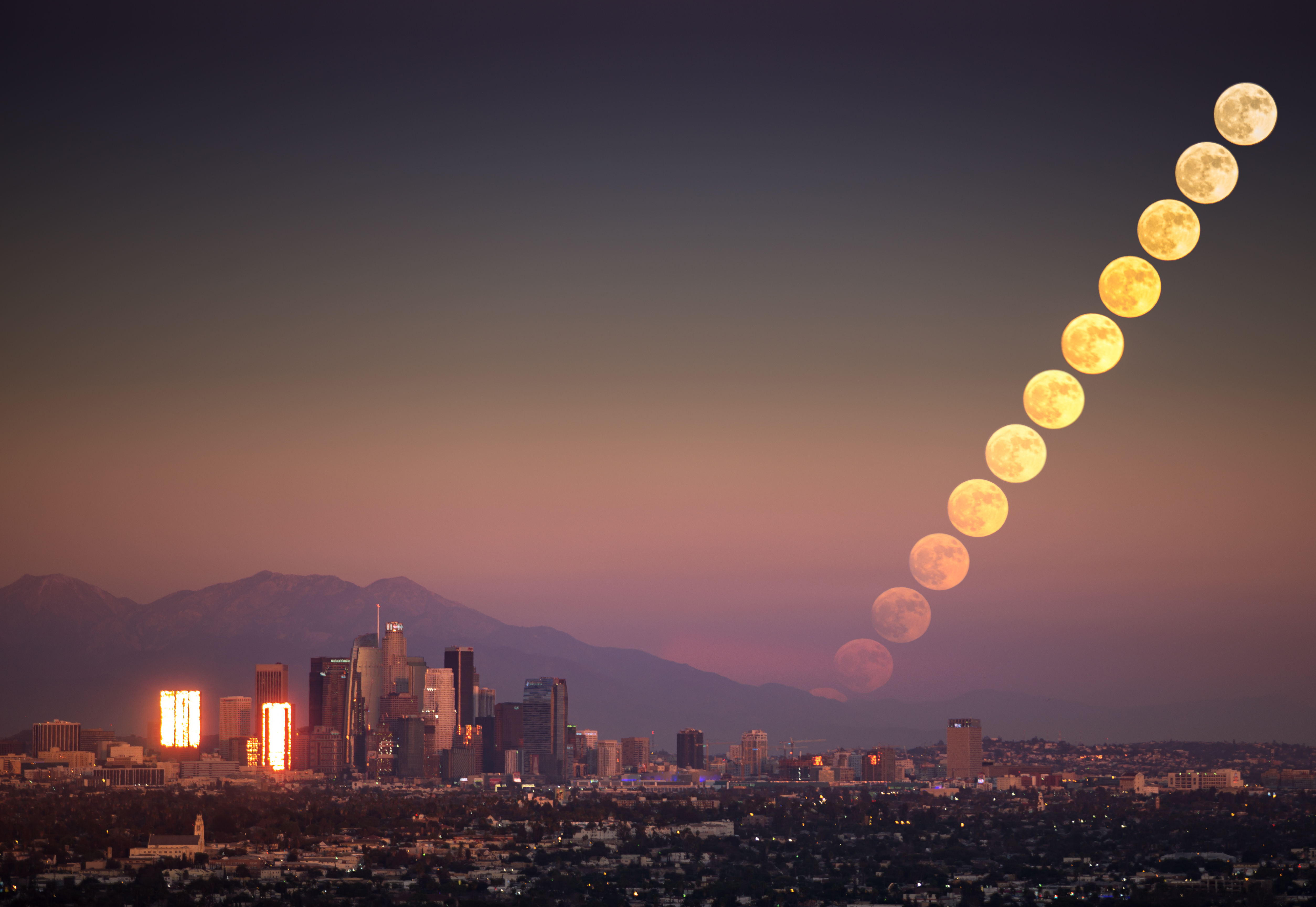
Everyone’s having a go at astrophotography. Whether it’s creating a beautiful startrail or night-scape with the best cameras for astrophotography or even flagship smartphones, or taking more technical close-up shots of deep-sky objects using astrophotography telescopes, long exposures at night are everywhere.
Here’s what and when to point your camera at in the next 12 months:
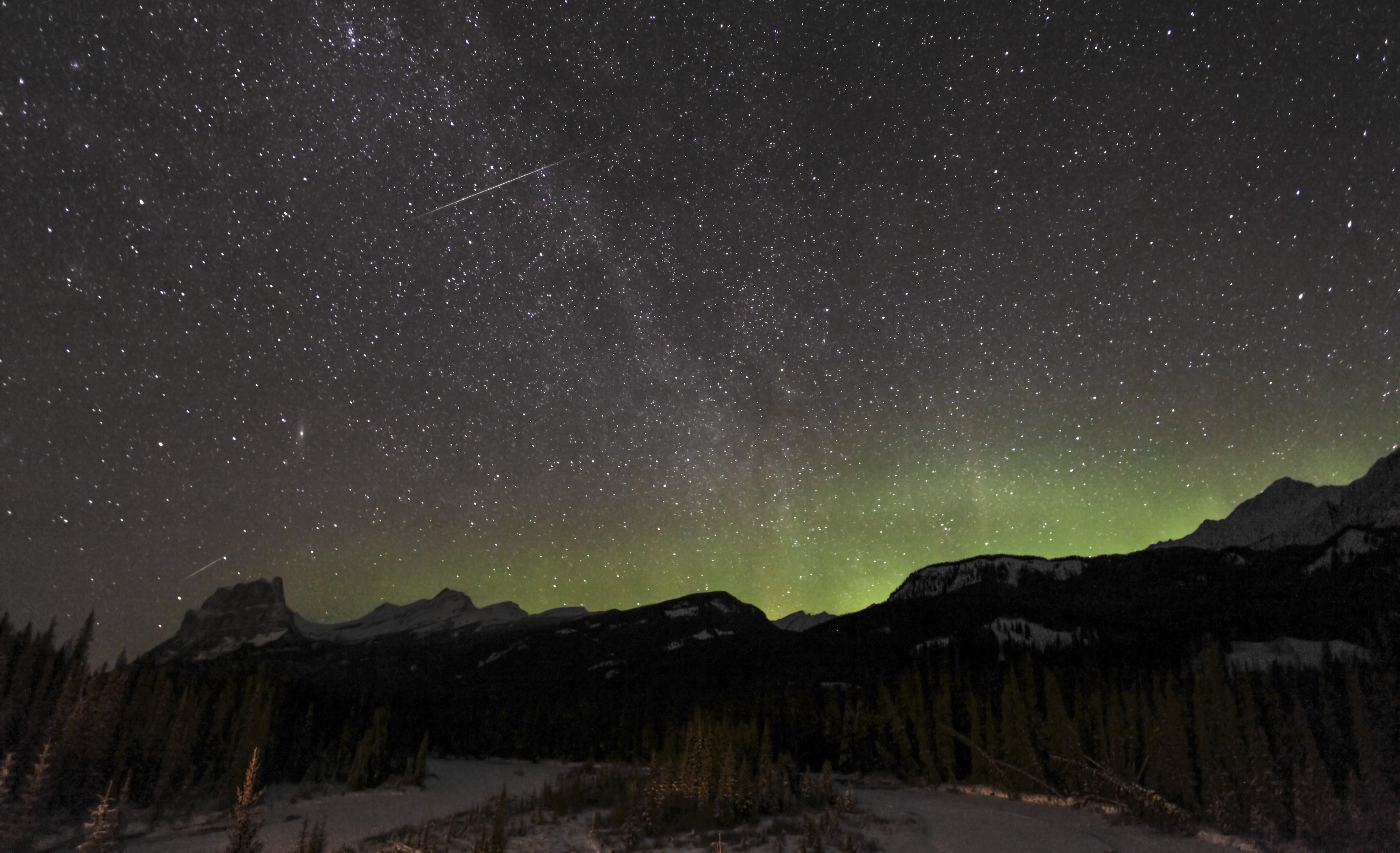
1: Quadrantid meteor shower: 3-4 January, 2022
The Perseid meteor shower is well known among astrophotographers yet the Quadrantid meteor shower tends to be overlooked. That’s a shame because it’s one of the best of the year with as many as 120 ‘shooting stars’ per hour in perfect conditions. If you do have clear skies and you can stand the cold, it's worth putting your camera outside in the extreme early hours of 4 January, 2022 and try your hand at catching some fireballs. That goes double in 2022 because there are relatively few meteor showers that peak under dark skies. It's an all-sky event but meteors will appear to radiate from the constellation of Bootes.
Read: How to photograph a meteor shower
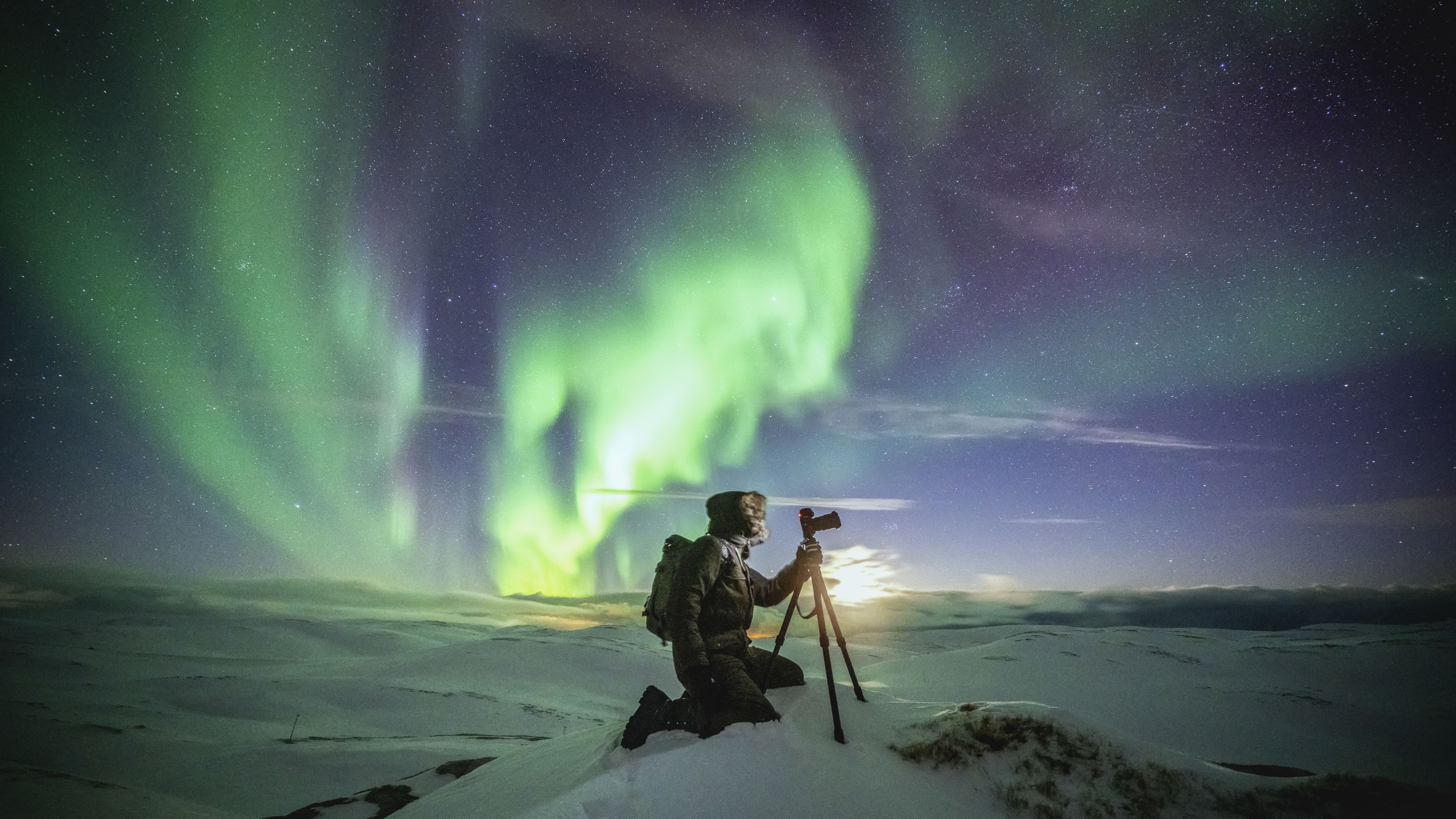
2: Peak season for Northern Lights: 20 March & 23 September, 2022
Contrary to popular opinion the Northern Lights (and the Southern Lights) can occur at any time during the year, day or night. However, you'd be mad to go to the Arctic Circle during the summer when it barely gets dark. Offering 12 hours of daylight and 12 hours of darkness, the equinoxes (on 20 March and 23 September, 2022) are a great time to get yourself to Iceland, northern Scandinavia (Norway, Finland or Sweden), northern Russia, Alaska, northern Canada. There’s an added bonus, too; equinoxes see our planet’s axis side-on to the Sun, meaning a better link-up between Earth’s magnetosphere and the solar wind. With solar activity increasing through 2025 the next few years should be good for Northern Lights photographers – and particularly the weeks around the equinoxes.
Read: How, where and when to photograph the northern lights
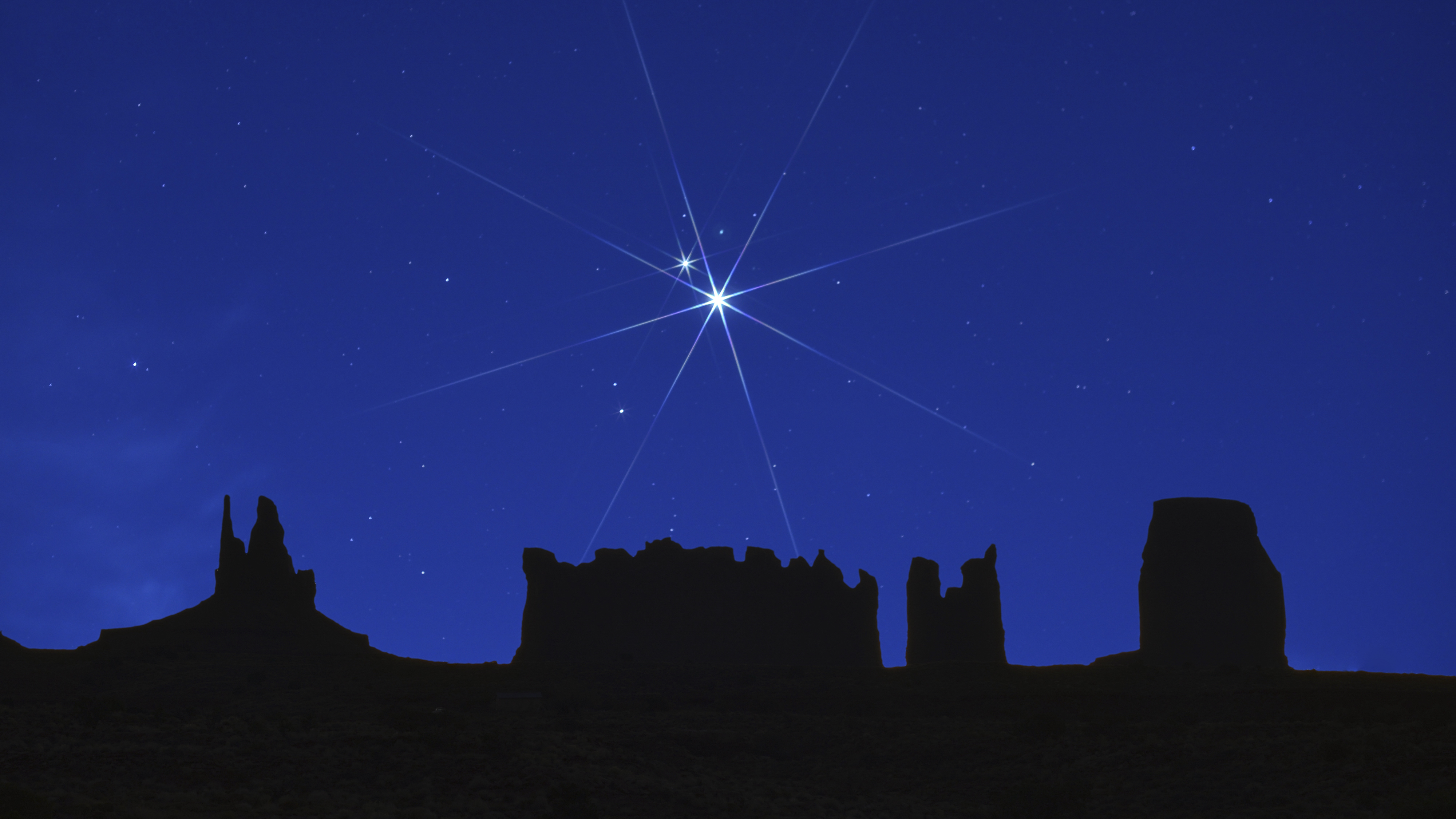
Venus and Jupiter in conjunction May 1, 2022
Here comes a spectacular celestial illusion. Though Venus is between earth and the Sun and Jupiter far beyond us in the outer Solar System, occasionally the two planets can appear to be close to each other in the night sky. Even more occasionally they appear to be right next to each other, something that happens before sunrise on 1 May, 2022 when the two planets will be separated by just 14 arcminutes (0°14’). It will be worth taking night-scape images on the mornings prior as they get closer, with single-frames possible on the exact date itself that capture both planets in the same field of view.
Read: The best telescopes for astrophotography
Eta Aquarids meteor shower: 6-7 May, 2022

With about 30 meteors per hour predicted during the peak of 2022’s Eta Aquarids meteor shower it could be worth making a plan if skies are clear. That’s because the waxing crescent Moon sets in early evening, so light pollution will be at a minimum level, though only if you can get to dark country skies. The meteors are the leftovers of the gas and dust left in the inner Solar Stream by Halley’s Comet, which was last seen in 1986 and is due back in 2061.
Read: How to photograph the Eta Aquarid meteor shower
Total lunar eclipse: 16 May, 2022

Also known as a ‘blood moon’, a total lunar eclipse occurs when the Earth is perfectly aligned between the Sun and a full Moon and the only light that reaches the lunar surface is filtered through our planet’s atmosphere. In the wake of a huge 97% partial lunar eclipse in November 2021 the first of two total lunar eclipses in 2022 will be best seen from Canada, the U.S. and South America though Europe and Africa also get a glimpse before moonset. This is set to be a major event because lunar totality – when the ‘Flower Moon’ will be a copper-red colour – will last for a whopping 84 minutes.
Read: How to photograph a blood moon
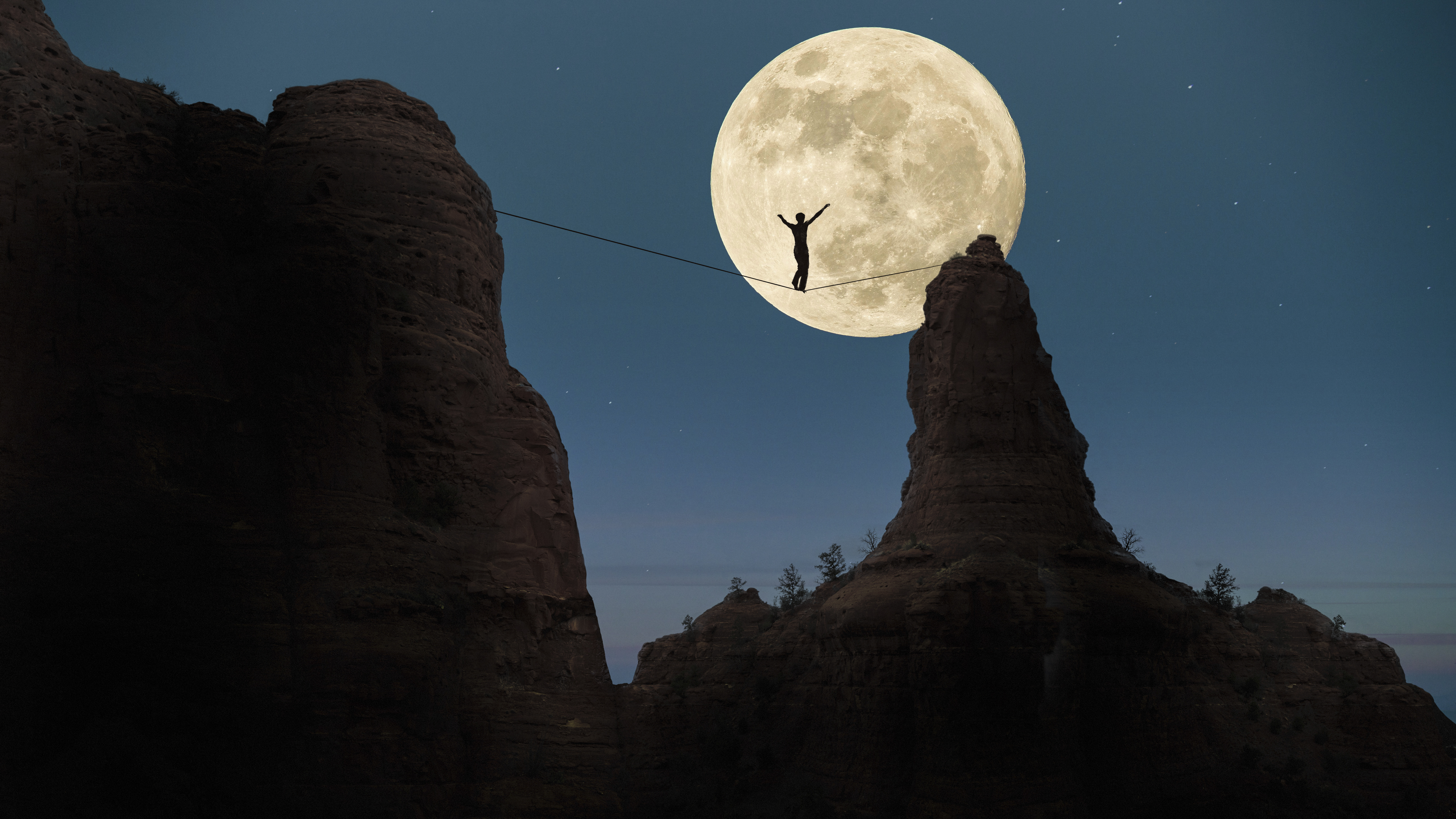
Supermoon on the solstice 21 June, 2022
There’s a lot of hype around supermoons and most of it is best ignored. After all, can anyone tell when a full Moon is about 10% larger than the full Moon six months previous? Of course not. The supermoon – the biggest full Moon of the year – occurs in 2022 coincidentally on the exact date of the summer solstice. Though your photos of June’s ‘Strawberry Supermoon’ won’t look any different from any other full Moon, this event does, at least, make for a good story – and one you’ll hear a lot about in the media. Capture it as moonrise and/or moonset for maximum ‘moon illusion’.
Read: How to photograph the Moon
Venus and the crescent Moon in conjunction 26 June, 2022
One of the most beautiful sights of all – and a regular in the celestial calendar – is the sight of a crescent Moon close to a bright planet. That happens most impact fully in 2022 just before sunrise on 26 June when a super-bright Venus will appear next to a 7%-illuminated crescent Moon. A HDR shot will reveal mystical-looking ‘Earthshine’ on the Moon's darkened limb; sunlight reflected from the Earth onto the lunar surface. As a bonus it occurs just below the sparling blue stars of the Pleiades star cluster.
Read: The best lenses for astrophotography
Partial solar eclipse 25 October, 2022
2021 saw a decent partial solar eclipse observable for Europe – and that’s happening again on 25 October, 2022. This time it's visible to all of Europe for Portugal, as well as north eastern Africa, the Middle East, and Central Asia including western India. Parts of Russia will see 80% of the Sun blocked by the Moon with the whole of the UK experiencing somewhere between 15% and 22%. You’ll need solar filters for this one.
Read: How to photograph a total solar eclipse
Total lunar eclipse 8 November, 2022
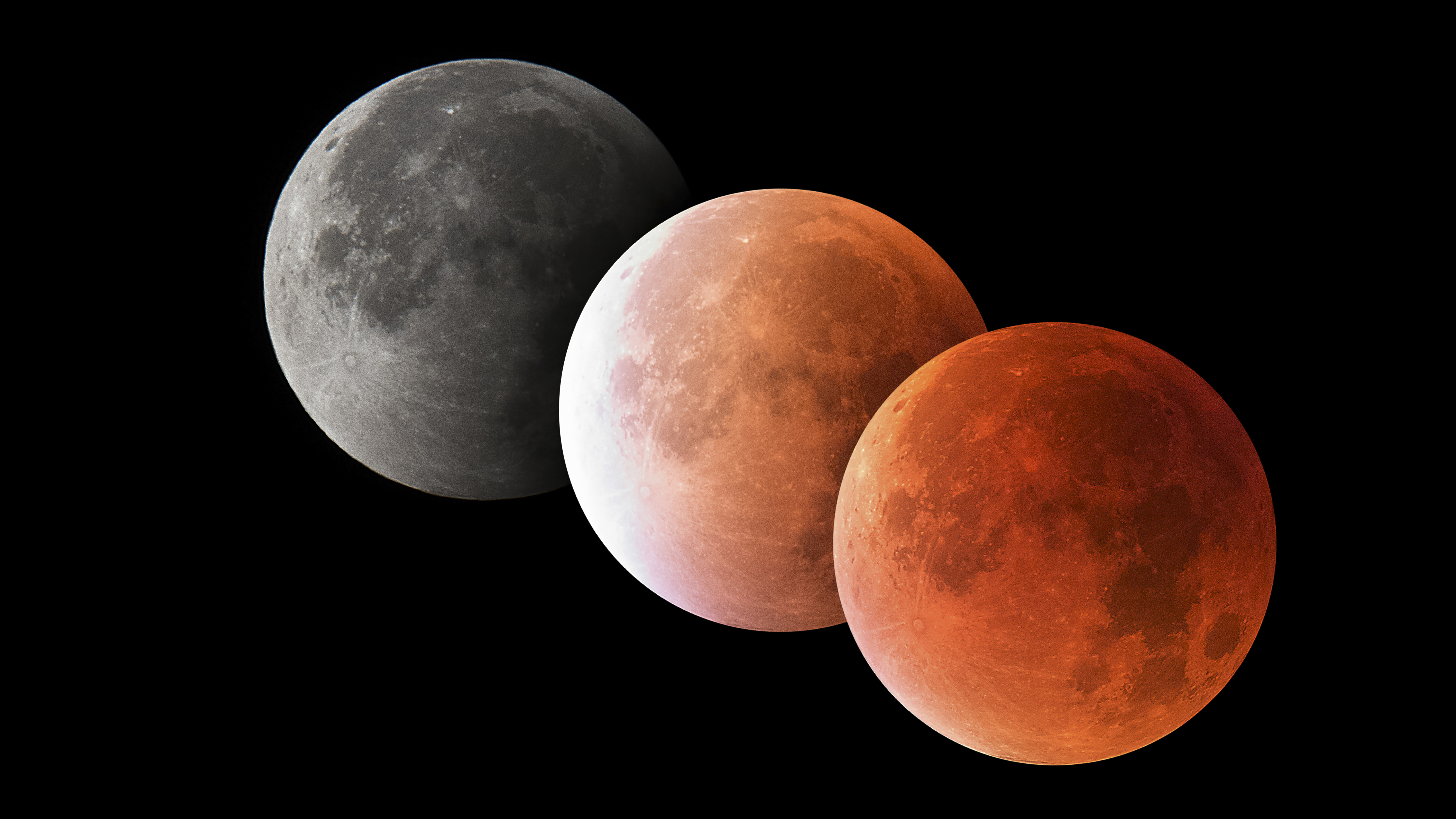
A second chance to photograph a blood moon – and a final chance until 2025 – will be best done from the west coast of North America, though Australia and Southeast Asia will also get a good view. Just like the first total lunar eclipse back in May 2022, this event will also see the lunar surface turn a copper – red color for 84 minutes. That makes it a potentially very impressive eclipse, with plenty of time available to photographers under clear skies. Dark skies are necessary if you only want to photograph the lunar disc turning red, but they're critical if you want to capture the Milky Way/stars around the moon during totality.
Read: Total lunar eclipse photography: shooters share their secrets
Saturn, Jupiter and Mars at opposition August 14, 26 September and 1 December, 2022
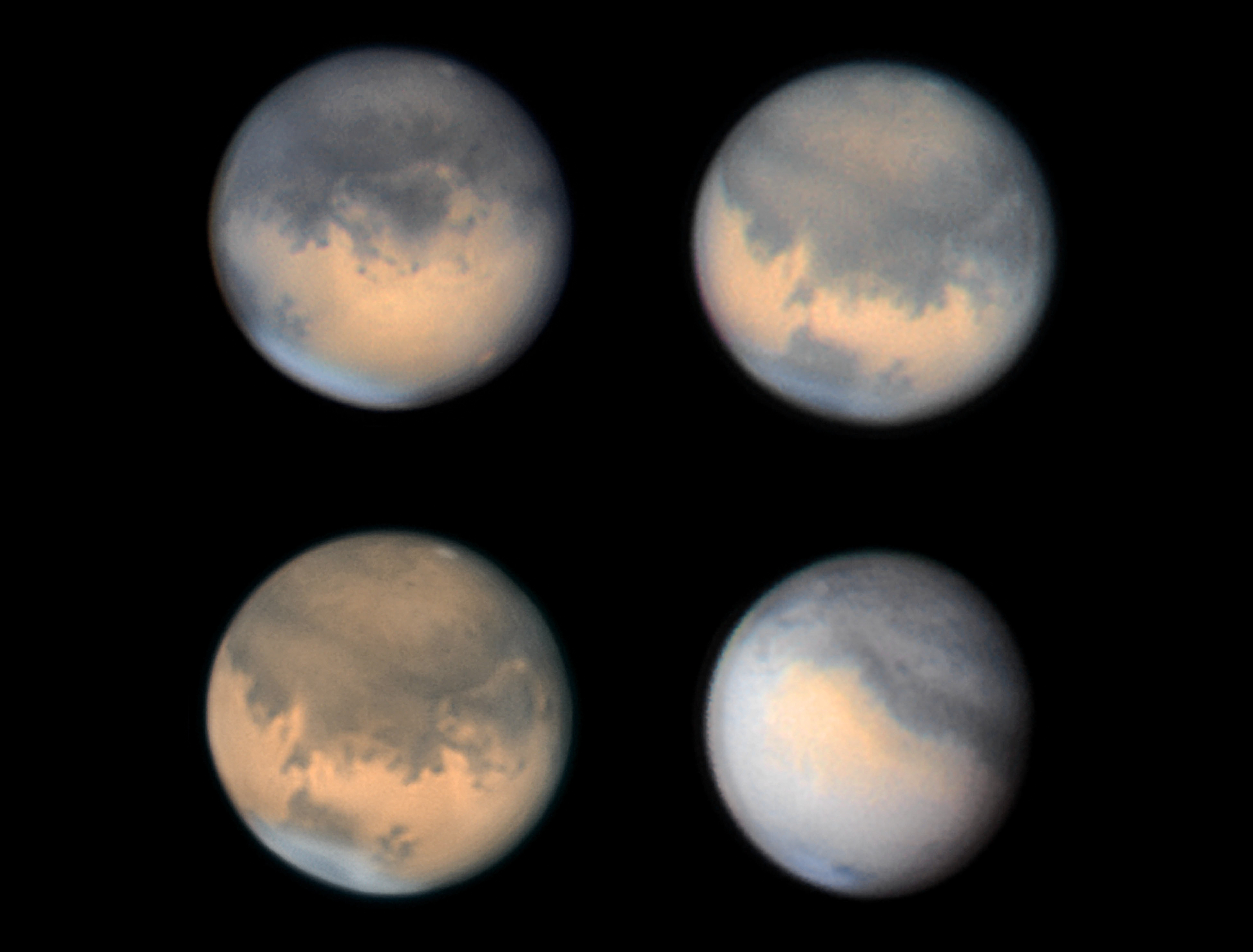
Get ready for the ‘Red Planet’ to look its biggest, brightest and best in late 2022. Mars takes 687 days to orbit the Sun so every 26 months Earth undertakes it. This is called opposition, and while it’s relatively infrequent for Mars it’s much more common for the rest of the outer planets, which come into opposition each year. It’s an important date for astrophotographers because only at opposition – when Earth is precisely between Mars and the Sun – does a planet rise in the east at sunset and set in the west at sunrise. Consequently a planet in opposition is both 100% illuminated and much bigger than usual. The date isn’t particularly important since the effect is much the same a month either side.
Read: How to capture star trails
Mars occulted by the Moon 8 December, 2022
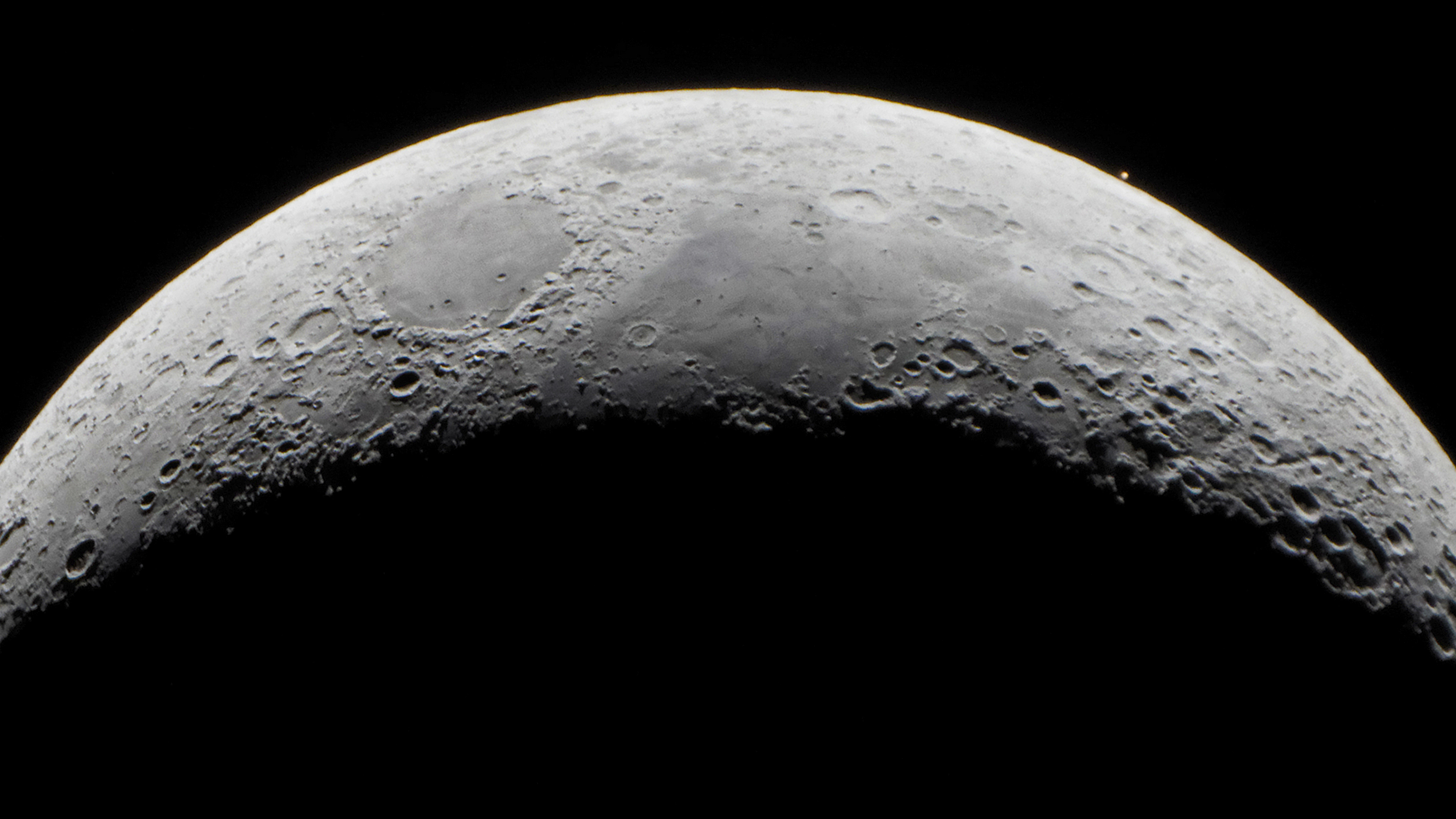
Just days after reaching opposition the red planet will do something rather bizarre when it’s eclipsed by a full ‘Cold Moon’. This relatively rare event demands impeccable timing and a telescope to capture, so it's one for expert astrophotographers or anyone up for a challenge. The occultation is only visible from a narrow swathe of the planet, but in 2022 that includes all of North America and Europe. The key photos will be of Mars close to the lunar limb moments before its ingress (disappearance) and egress (reappearance). It will vanish for about an hour.
Read more:
Best telescopes for astrophotography
Best lenses for astrophotography
Astrophotography tips
Best camera for astrophotography
Get the Digital Camera World Newsletter
The best camera deals, reviews, product advice, and unmissable photography news, direct to your inbox!

Jamie has been writing about photography, astronomy, astro-tourism and astrophotography for over 15 years, producing content for Forbes, Space.com, Live Science, Techradar, T3, BBC Wildlife, Science Focus, Sky & Telescope, BBC Sky At Night, South China Morning Post, The Guardian, The Telegraph and Travel+Leisure.
As the editor for When Is The Next Eclipse, he has a wealth of experience, expertise and enthusiasm for astrophotography, from capturing the moon and meteor showers to solar and lunar eclipses.
He also brings a great deal of knowledge on action cameras, 360 cameras, AI cameras, camera backpacks, telescopes, gimbals, tripods and all manner of photography equipment.
